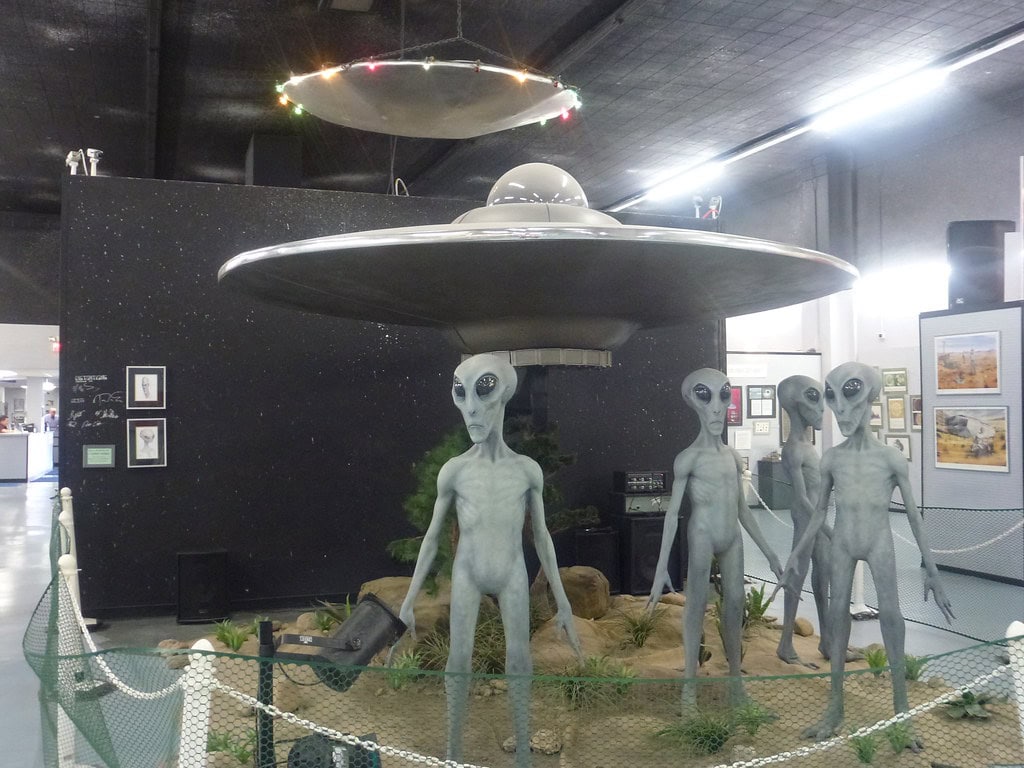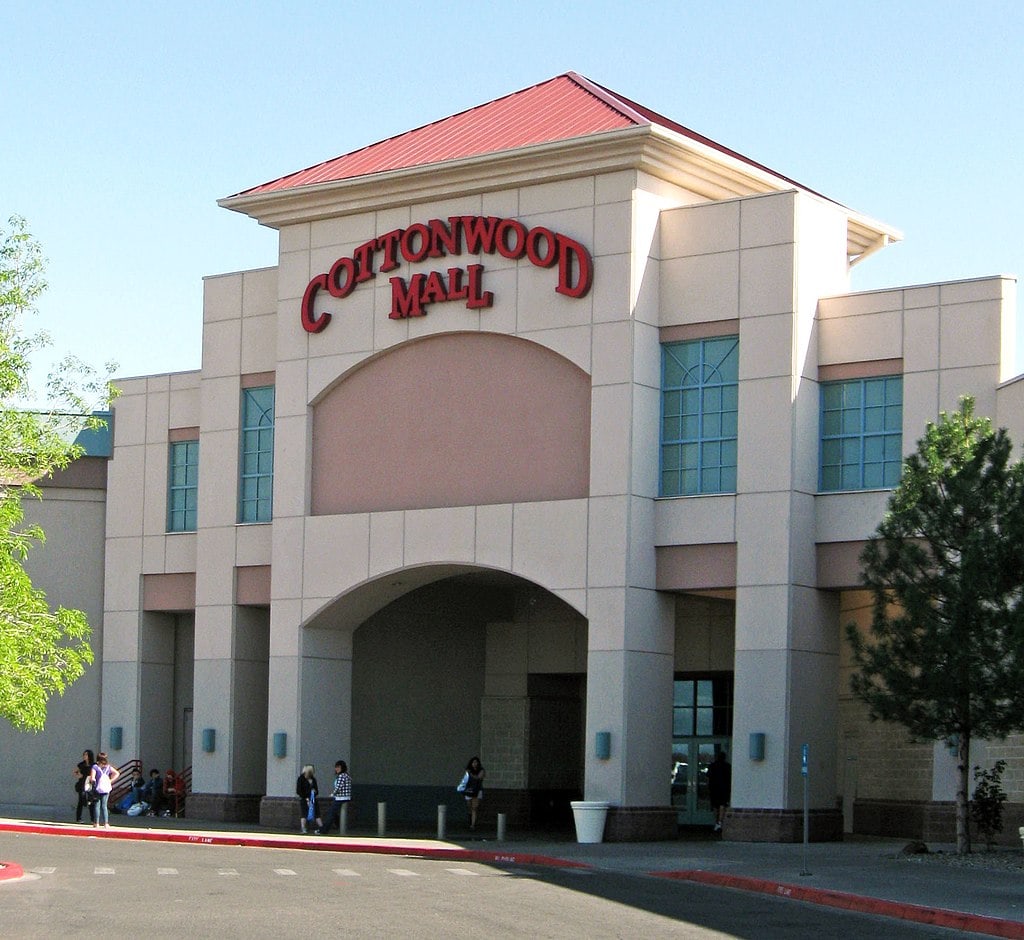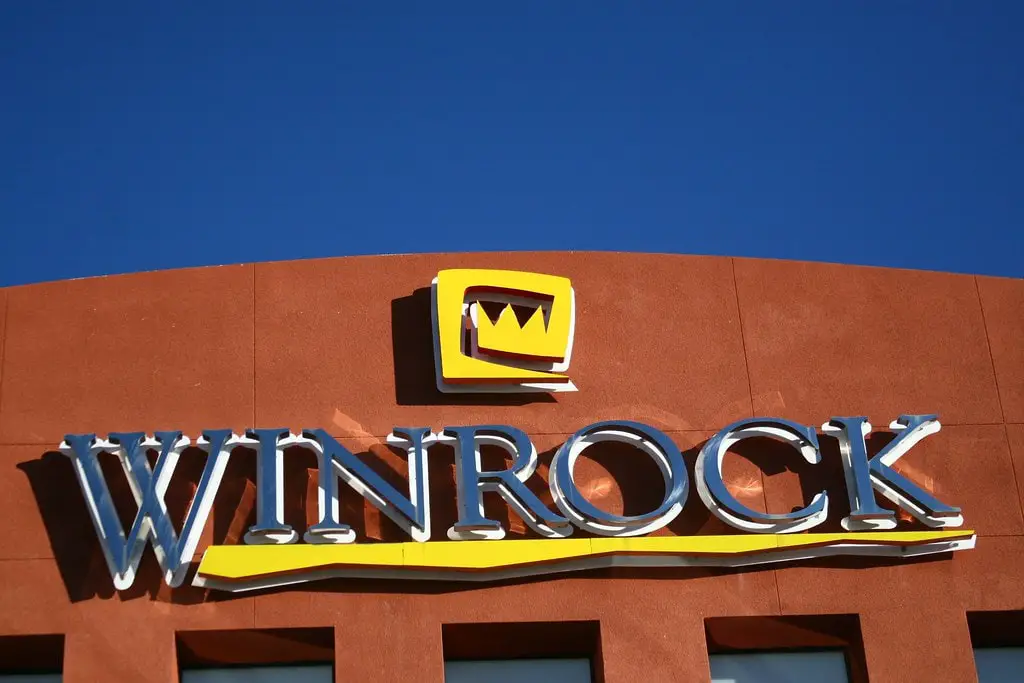ABQ Uptown and Its Unlikely Beginnings
The place where ABQ Uptown now stands, a 20-acre area in Albuquerque's Uptown District at 2200 Louisiana Blvd NE, was once used for something very different.
In the late 1950s, this land was the northeast heights campus of St. Pius X High School. The school started its first group of freshmen in 1956 at St. Charles Elementary, then moved to this new campus in the fall of 1959.
The institution remained there until 1988, when the Archdiocese of Santa Fe relocated the school to Albuquerque's west side.
Once the students left, the campus was razed, and the land sat idle.
In the late 1980s, developers proposed a grand project dubbed The Commons, two 22-story office towers, a 14-story hotel, but that vision collapsed amid market uncertainty.
The oncepromising lot lingered vacant for years, sandwiched between the legacy malls of Coronado and Winrock, a silent placeholder awaiting its next chapter.
Planning, Zoning, and the Rise of a Vision
In the early 1980s, Albuquerque's growth pattern demanded a rethink for Uptown.
A municipal Uptown Sector Plan adopted in 1981 encouraged high-density construction in the area.
That plan laid the groundwork for what would eventually become the ABQ Uptown project.
The sector plan was revised in 1995, and updated guidelines followed in 2007–08, all aimed at infill redevelopment and mixed-use construction.
Into that context stepped the Hunt Development Group, which acquired the site and selected the local architectural firm Dekker/Perich/Sabatini to design the development.
The team faced formal challenges: zoning requirements, mixed construction types, beneath-the-surface infrastructure, parking coordination, and a three-level underground parking garage for 300 vehicles became a key feature.
The property's transformation hinged on satisfying the city's "Intense Core" zoning ethos and rendering a parcel once labeled "dead land" into usable city fabric.
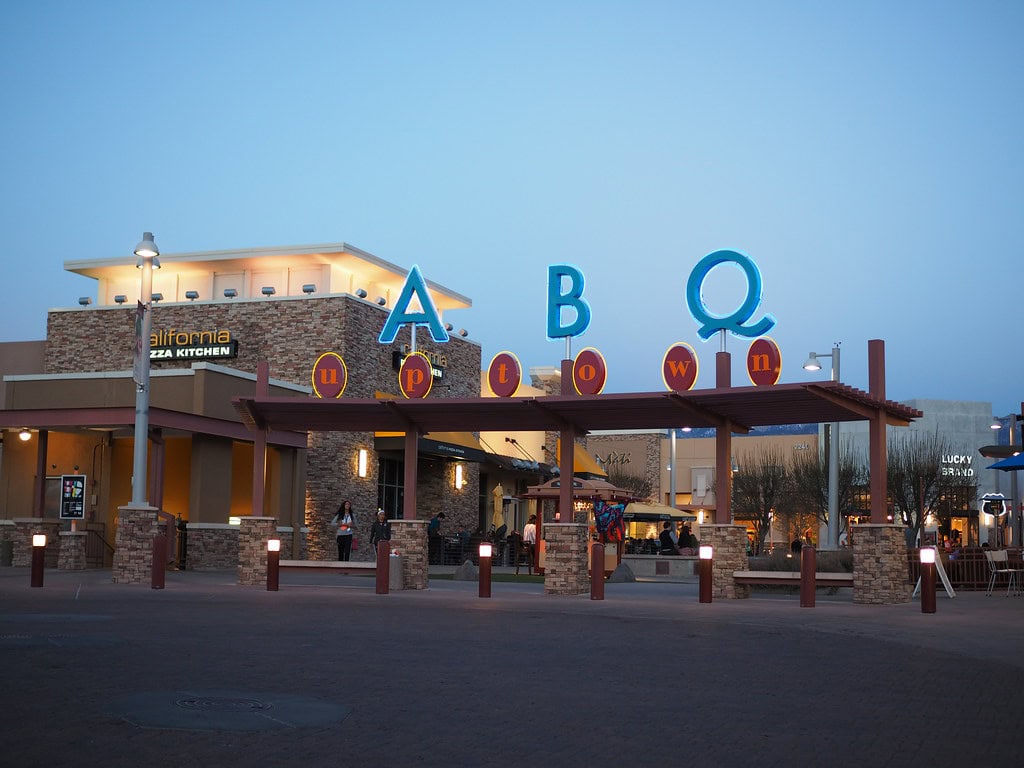
Construction and Opening of a New Kind of Mall
The build-out of ABQ Uptown introduced something new to Albuquerque's retail scene: an open-air "lifestyle center" rather than a traditional enclosed mall.
Phase one opened in November 2006, delivering roughly 230,000 square feet of retail space, the three-level parking garage, and realigned roads and utilities in the surrounding Uptown area.
On November 1, 2006, the state's first Apple Store opened in this center - an anchor that underscored the project's ambition.
Phase two followed in 2008, adding a residential component: 198 apartment units "across the street" from the shopping district, integrating living and retail in one zone.
The development used regional materials and lighting, plazas and pedestrian corridors, native shade trees, and outdoor dining to create a walkable environment.
The cost was estimated at about $37 million, and the development won awards in 2006 from organizations such as CCIM, NAIOP, and the Southwest Contractor Best Projects.
Tenants, Ownership, and Commercial Outcome
From the start, ABQ Uptown attracted a sophisticated suite of retailers: national brands like Pottery Barn, The North Face, Lush, and the Apple Store.
Over the years, the roster expanded to include Anthropologie, Banana Republic, Eddie Bauer, GAP, Lucky Brand, Lululemon, MAC Cosmetics, Michael Kors, Soma, Starbucks, Sunglass Hut, Williams Sonoma, White House Black Market, and others.
The mix of fashion, home furnishings, dining, and experience mirrored the "live-work-play" ideal.
In July 2011, Hunt sold the property to Simon Property Group for $86 million, retaining about seven adjacent acres for future development.
Simon's year-end 2011 Form 10-K lists the center as being 100 % acquired that year, with roughly 214,754 square feet of gross leasable area and occupancy at 99.2%.
By 2025, Simon's data show the area increased to about 228,827 square feet, either through remeasurement or expansion.
Simon continues to own and manage the center with 96.6% occupancy rate.

ABQ Uptown in the Present Day
Today, ABQ Uptown functions as a prominent outdoor shopping and mixed-use hub in Albuquerque's Uptown district.
Its bold blue, yellow, and red "Q" sign at Uptown Boulevard and Q Street serves as a landmark for visitors.
The property plays a pivotal role in the broader Uptown business district, which supports over 1.82 million square feet of office space and more than 11,000 jobs.
The mall itself remains a pedestrian-friendly environment: open-air walkways, plazas, fountains, and shaded trees align with the original urban design.
It stands alongside Coronado Center and Winrock Town Center in a retail cluster that defines Albuquerque's commercial axis.
The site is an example of successful urban infill, in essence, reclaiming a long-idle parcel and transforming it into mixed-use vitality.
The retail, dining, and residential integration positions ABQ Uptown as more than a mall: it is part of a neighborhood fabric.
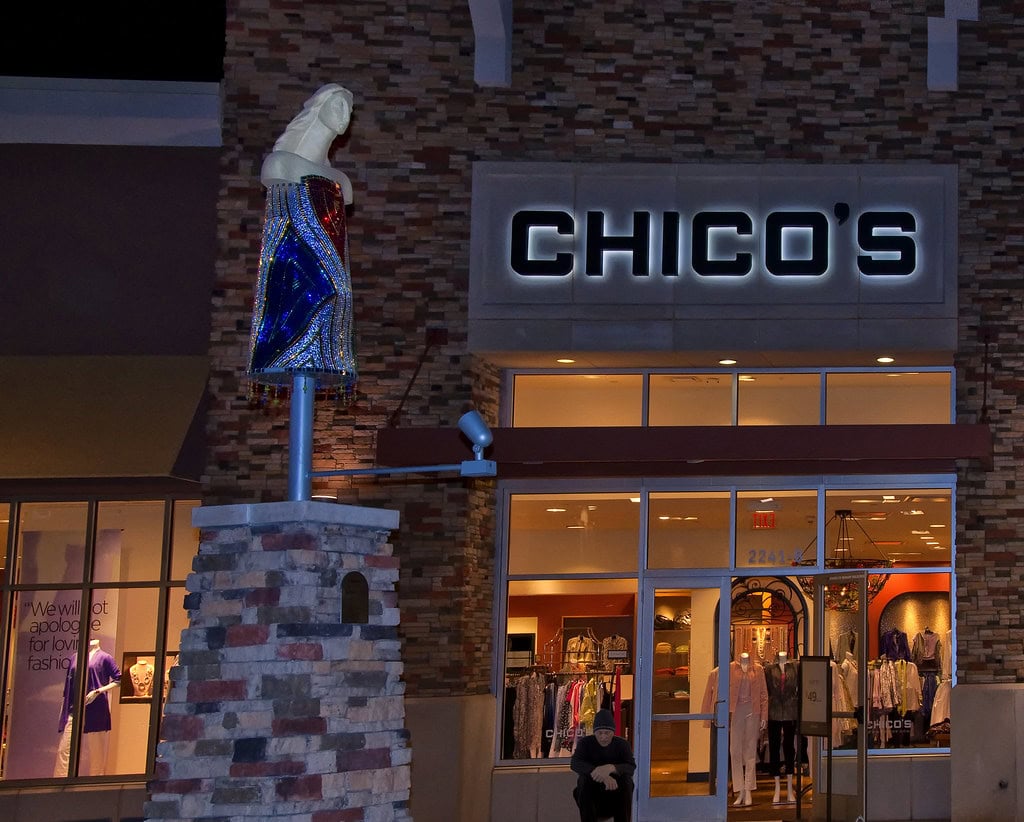
Looking Ahead: Adjacent Projects and Broader Impacts
ABQ Uptown is already well established, but the area around it keeps changing.
In September 2025, the city approved Uptown Connect, a mixed-use, transit-focused project that will add 203 affordable apartments next to the shopping district.
Bernalillo County supported the plan with 46 million dollars in bonds, putting construction on track to start soon.
In June 2025, Park Square Market opened nearby, bringing a food hall and new restaurants that keep people in Uptown after dark.
A month earlier, the Hyatt Place Albuquerque/Uptown changed hands, a move that could shift how visitors use hotels and nearby shops.
All of this shows that Uptown is becoming more than a shopping area.
ABQ Uptown now sits in the middle of a growing mix of housing, transit, and entertainment.
More apartments and better connections might bring more people to walk its streets, though stores still face the usual retail pressures from online shopping and rising shoplifting.
If the neighborhood keeps developing and the city keeps its promises on infrastructure, ABQ Uptown could stay strong.
But it will have to keep changing with the city around it.
Conclusion
ABQ Uptown came together through city planning, private investment, and a push to make the area walkable and active again.
The bright Q sign still stands at the entrance, a marker of how much the site has changed.
What happens next will depend on how ABQ Uptown fits into the growth around it and how it keeps pace with what people want in the years ahead.

